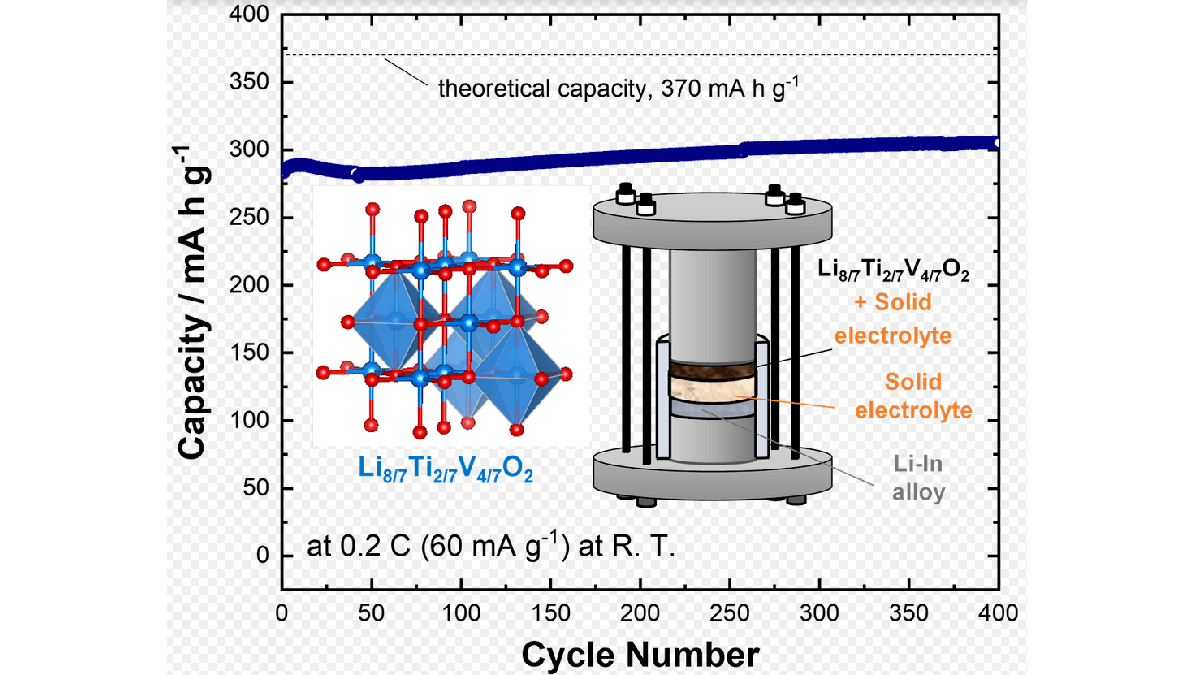A team of Japanese electric vehicle battery researchers led by Professor Naoaki Yabuuchi of Yokohama National University say they have made big progress in reducing shrinkage. The shrinkage in question is that caused when lithium ions are extracted from the electrodes of a solid-state EV battery, making the electrode shrink. The shrinkage is a result of the change of state of the crystalline structure of the material.
For those not following EVs, the battery is the most expensive part of the entire vehicle. A recent study by KBB found that the average price of a new EV is $65,000, significantly higher than the cost of the average conventional vehicle. Researchers are striving to find a way to bring down the cost of EV batteries, prolong their life, and make them charge faster. The most promising path to date has been solid-state battery technology.
Professor Naoaki Yabuuchi of Yokohama National University, Japan, summarized the possibilities by saying, “The development of long-life and high-performance solid-state batteries would solve some of the problems of electric vehicles.” The biggest challenge so far with solid-state EV batteries has been shrinkage. “We anticipate that a truly dimensionally invariable material – one that retains its volume upon electrochemical cycling – could be developed by further optimizing the chemical composition of the electrolyte," said Professor Yabuuchi. He went on to add, “When shrinkage and expansion are well balanced, dimensional stability is retained while the battery is charged or discharged, i.e., during cycling.”
The growth and contraction of the prior materials used for solid-state EV battery research materials suffered failures during their testing. The scientific description of the problem is “irreversible alterations in the crystal chemistry of the electrodes.” Can’t have that.
The material the research team is now focused on is Li8/7Ti2/7V4/7O2, a binary system composed of optimized portions of lithium titanate (Li2TiO3) and lithium vanadium dioxide (LiVO2). Unlike other positive electrode materials, Li8/7Ti2/7V4/7O2 has nearly the same volume when fully charged and fully discharged. Co-author of the research study, Associate Professor Neeraj Sharma from UNSW Sydney, Australia, says, “The absence of capacity fading over 400 cycles clearly indicates the superior performance of this material compared with those reported for conventional all-solid-state cells with layered materials. This finding could drastically reduce battery costs. The development of practical high-performance solid-state batteries can also lead to the development of advanced electric vehicles.”
Like nearly every battery electric vehicle story, this one points to a possible solution to a known problem precluding the universal adoption of electric vehicles. Shrinkage - may one day be solved. Watch Torque News for more updates on solid-state EV batteries.
Image provided by the Public Relations team of Yokohama National University, Japan.
John Goreham is a long-time New England Motor Press Association member and recovering engineer. John's interest in EVs goes back to 1990 when he designed the thermal control system for an EV battery as part of an academic team. After earning his mechanical engineering degree, John completed a marketing program at Northeastern University and worked with automotive component manufacturers, in the semiconductor industry, and in biotech. In addition to Torque News, John's work has appeared in print in dozens of American news outlets and he provides reviews to many vehicle shopping sites. You can follow John on TikTok @ToknCars, on Twitter, and view his credentials at Linkedin
Re-Publication. If you wish to re-use this content, please contact Torque News for terms and conditions.






Comments
There are a steady stream of
Permalink
There are a steady stream of weekly university research breakthroughs in battery technologies. Which is encouraging for the future of EVs, and consumer electronics. But even though I read the stories and discuss these new promising technologies, I take them with a big grain of salt, because many of these announcements will never leave the lab environment, let alone make it into mass production with a competitive price and capabilities to today's batteries. The good news is that even though many of these battery designs have drawbacks like short life, high cost, or low energy density, there are often other suitable uses other than EVs, like everything from hearing aids, and consumer electronics, to grid storage and healthcare. And some, no doubt will make it to EVs, in high volume, with a competitive price and features. So I have high hopes for improvements in EV batteries over time. Just not for today, or tomorrow, or...